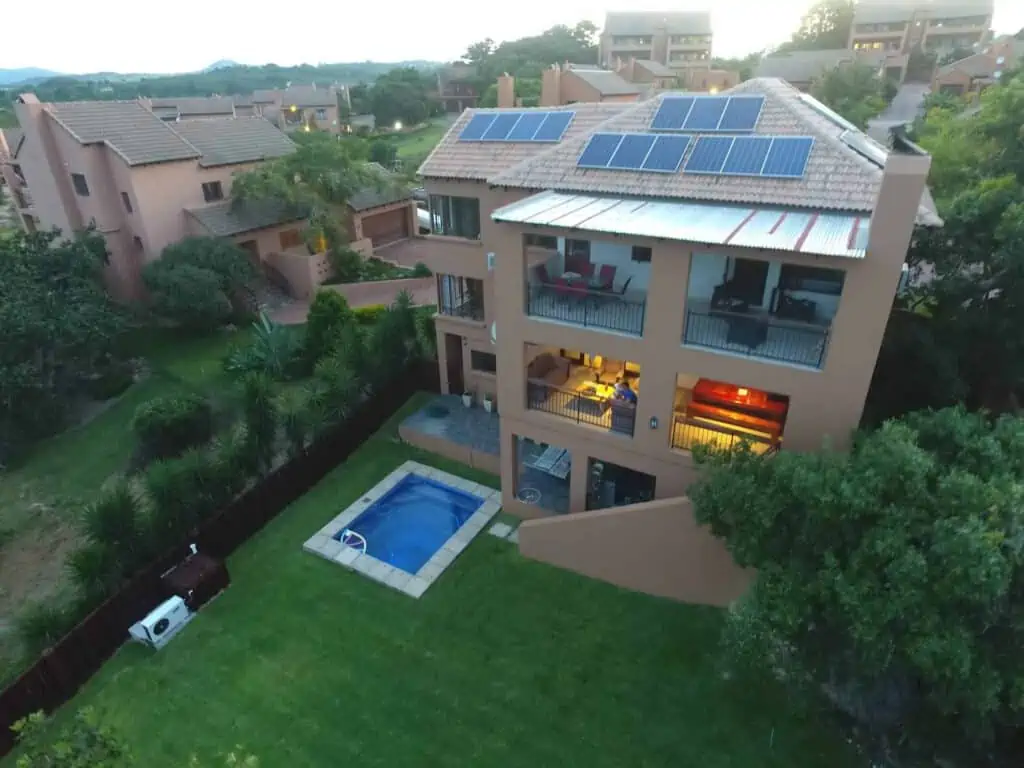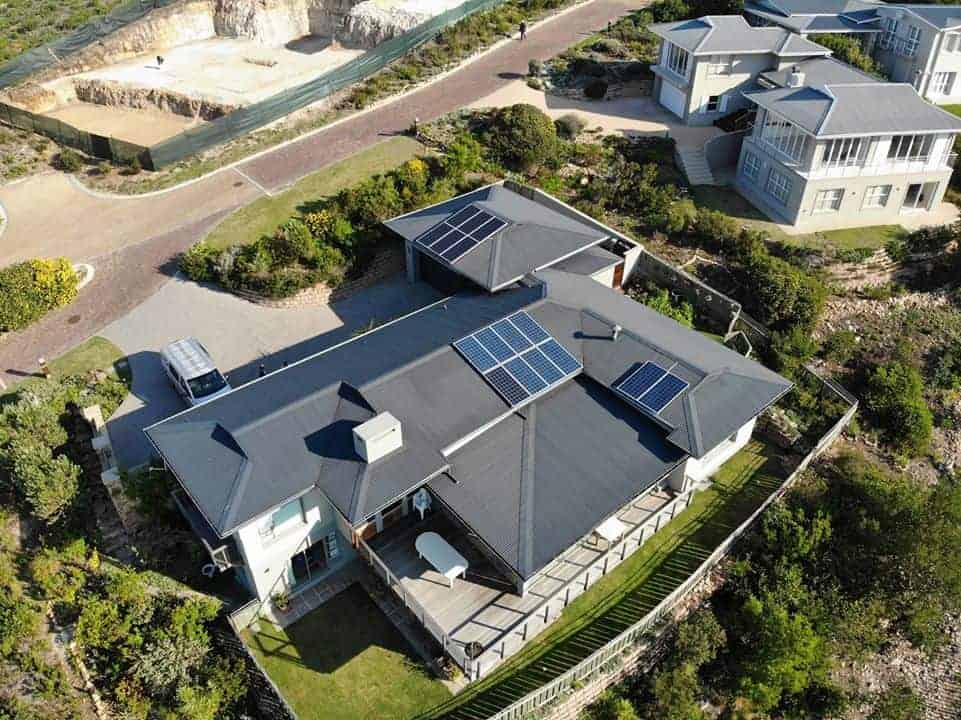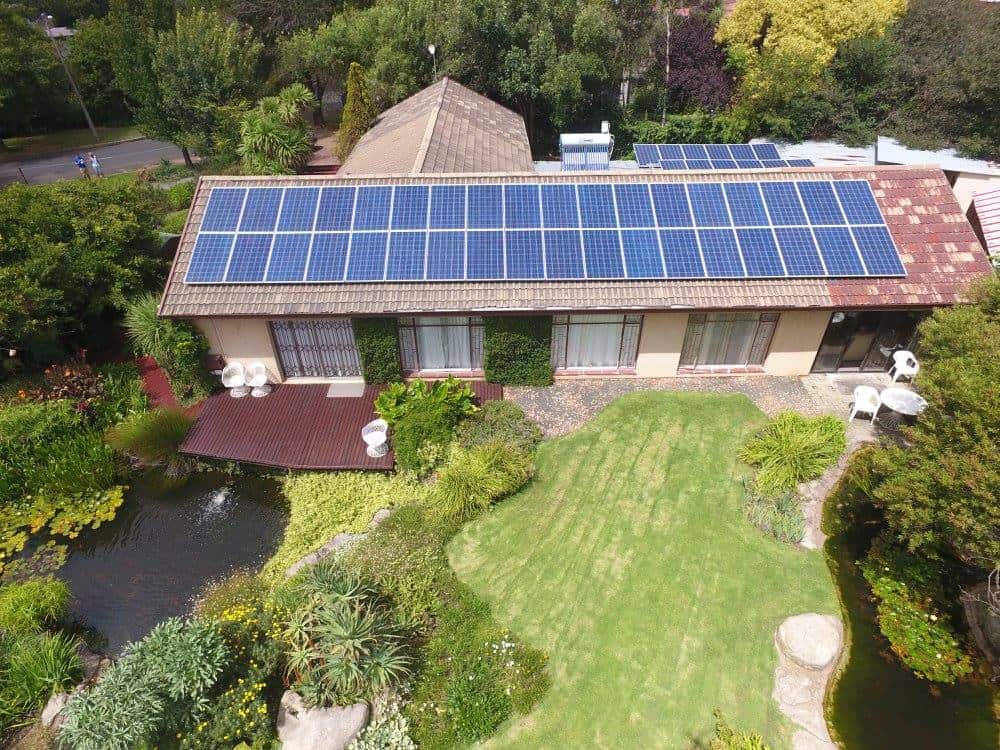As manufacturers and suppliers of solar energy systems hit the market with more efficient solar technologies, the cost of solar is becoming more affordable. However, the initial capital investment of getting off the grid with a full turnkey green energy system is significant. Not everyone can manage the lump-sum initial price. You can, however, progressively build your solar system over time. You can still get the benefits of using solar without much strain by starting with the little capital at hand to purchase the basics and improve over time.
Start with tips to get you started with incorporating solar energy for your electricity needs. You don’t need to break your bank. A solar system is flexible. You need four major components to get off-grid solar energy – a battery, an inverter, a charge controller, and a solar panel (PV Panel). You also need minor components comprising of fuses, meter, MC4 connectors, and copper wires.

Step One: Evaluate The Efficiency Of Energy Consumption In Your Home
Assess your home energy use and identify any possible upgrades to increase efficiency. Understanding your electricity needs will guide you to determine the items to purchase for efficient energy use. Focus on energy needs for your heating and cooling system, lighting system, electronics and appliances, geyser energy requirements, and an overall home energy audit to identify the areas you are potentially losing energy.

Step Two: Optimize Energy Consumption needs
Start sealing energy loss points. With a full audit of the energy consumption in your hands, you can now proceed to address energy loss areas. For instance, if you have been running your geysers throughout the day, you can install a geyser timer to switch off the geyser during peak hours when the demand for energy is high on the national grid and you would save on high energy bills and consumption.
Step Three: Determine Your Solar System Needs
Households have varying energy requirements; their solar energy needs may also vary. Although your energy needs might increase over time, you can determine the average consumption to assist you to find out your solar energy needs.
Step Four: Building Your Solar System Over Time
Building your solar system over time needs a systematic plan. Set your budget to start with essential components and transform your home steadily. Use the highlights below as a guideline as you build your system over time. Please also note that you can choose which order you would like to build your system depending on your reason for switching. E.g. If you are looking for a solution that gives you a power backup during load shedding, then an inverter and battery bank is the place to start. If you are looking to reduce your energy bill, then start with panels.
a. Install Energy Efficient Appliances
As your budget allows, start replacing components demanding high levels of power with energy-efficient ones. Check out tips for saving energy for your outdoor needs, lighting, hot water and cooling system, and appliances. If you wish to do a replacement, you can start with the lighting system and replace the old power-consuming bulbs with modern energy saver bulbs. Energy saver bulbs can be a bit expensive, but the benefits are worthy of the cost. You can replace them at your convenience. Keep in mind, the end goal is to have energy-efficient components with optimized energy consumption.

b. Pick A Solar Panel
The cost of solar comes with multiple budget options. You can start by getting a more affordable solar panel for basic energy supply (here’s a guide to the different types of panels). You can purchase a polycrystalline or a monocrystalline solar panel. Monocrystalline solar panels are more efficient and therefore more expensive. Buy a solar panel that meets your budget and let solar installers from Versofy.com assist you to set them up professionally and correctly. Work with a long-term plan to replace your solar panels when you get enough resources to purchase a stronger Solar Photovoltaic (PV) system.
c. Backup Power With A Battery
If budgets are constrained you can use a smaller battery bank as a start. Solar energy production is high during the day. Power-run appliances need a constant power supply at night. During the day, batteries can store power for constant supply to your appliances at night. The best batteries have deep discharge capabilities allowing them to discharge slowly hence they can retain power for a longer time.
d. Inverter
Most home appliances run on alternative current (AC) power. An inverter converts direct current (DC) from the solar panels into AC for use. The most common types of solar inverters are Pure Sine Wave, Modified Sine Wave, and Square Wave. If you are getting started with a tight budget you can go for a square wave inverter but bear in mind it may not be compatible with all appliances.
e. Charge Controller
Plan for a solar charge controller. It is the bridge between the battery and solar panel to the fluctuating current and voltage produced by solar panels heading to the battery for storage and consumption. A charge controller protects the battery against overcharging. It optimizes the effectiveness of the solar system. Depending on your current budget you can purchase an MPPT, PWM, or an ON-OFF charge. If your budget is small, you can go for PWM. MPPT is more expensive because it the most efficient charge controller. Again, this decision is not final, you can start where your budget allows and upgrade later. A lot of the latest hybrid inverters will come with a built in charge controller.
In Summary
Organize yourself with the available resources to start your journey to building your solar energy system. If budget is an issue, start with a smaller solution and upgrade with time. Examine the energy consumption in your home and optimize the usage. Determine your solar energy requirements before you start to build your system. Start by installing energy-efficient appliances. Pick a solar panel within your budget, get a small backup battery, purchase an inverter to convert DC solar current into AC, and a charge controller to charge the battery. Progressively upgrade the system according to your capital worth.
If you are ready to switch to clean energy, head to Versofy.com to find the perfect installer for your solar requirements.



